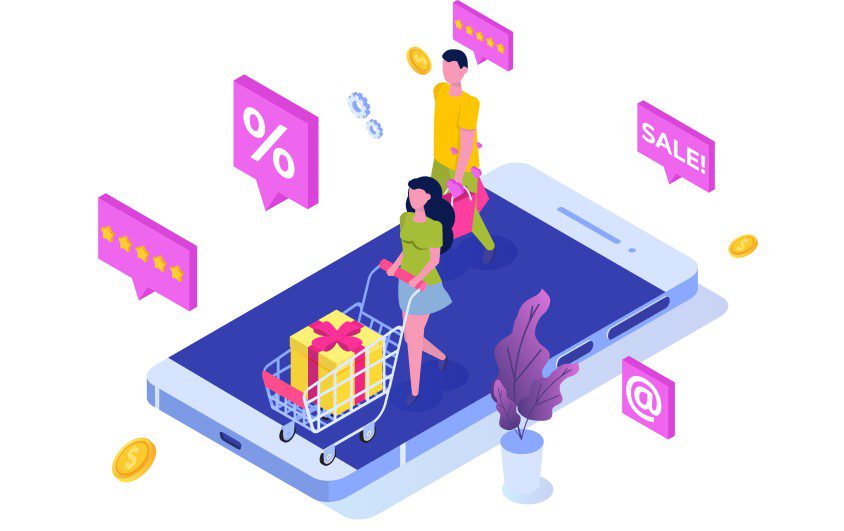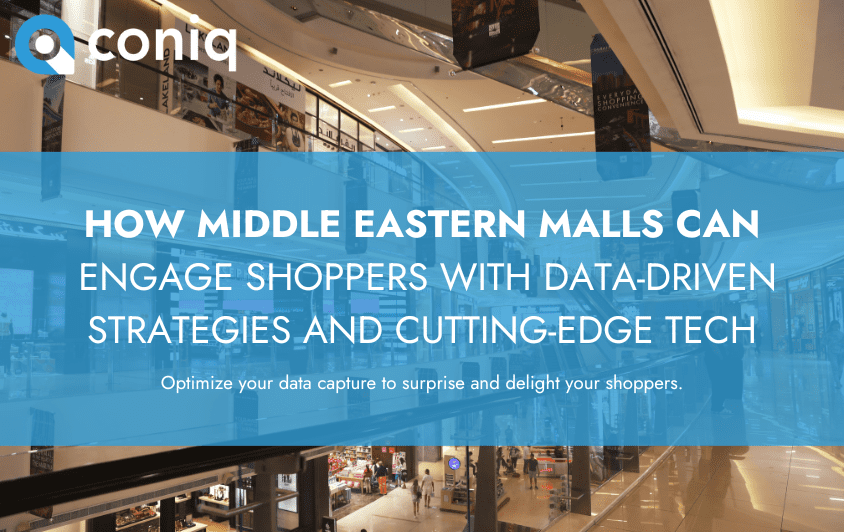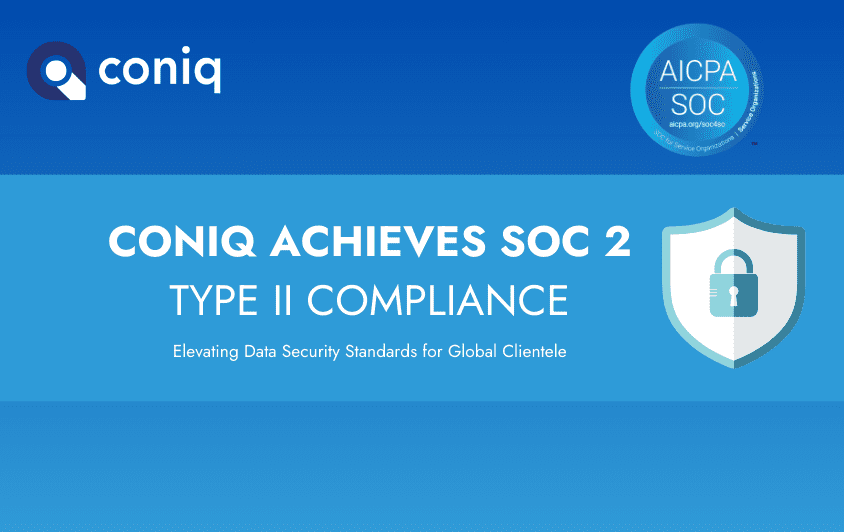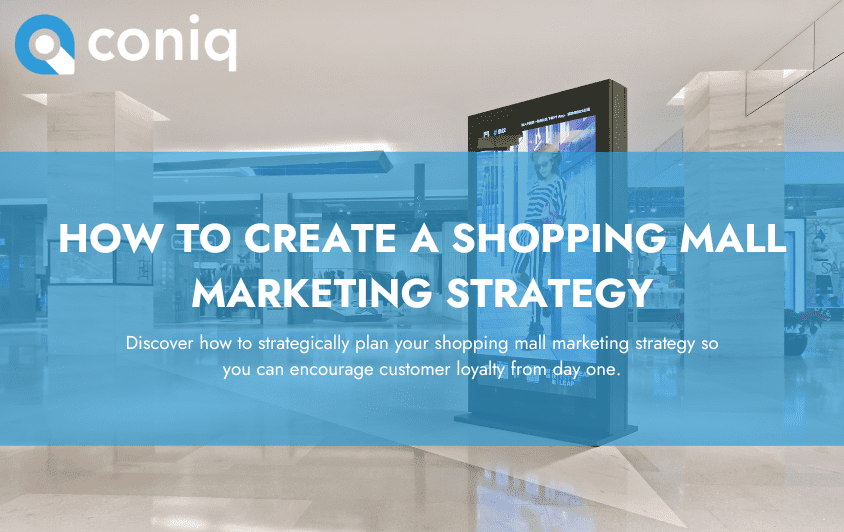Which type of loyalty program is right for you?
When designing a customer engagement program, it can be challenging to determine the most suitable model for your retail destination. That’s why Coniq has compiled a comprehensive overview of the primary types of loyalty programs, including their advantages, drawbacks, and how to optimize them for your shopping mall.
Different types of loyalty programs
Earn & burn
‘Earn and burn’ is an informal name for the most popular type of loyalty program, utilizing a transactional model that allows customers to collect points in-store and online either through digital channels such as a mobile app or through physical vouchers. These points are then redeemed in exchange for goods.
Points can be earned in several ways. Examples include repeated spend; social media interaction; newsletter sign-ups, and prize draws. In effect, any form of customer engagement or desired interaction with specific touchpoints can create an enticing opportunity to give away points.
Read our dedicated Earn and Burn blog for a deeper understanding >
Earn and burn programs have stood the test of time and there’s more than one reason that they work so well for both vendor and customer. Here are some pros and cons for the earn-and-burn model.
The pros of running earn and burn loyalty programs
- They can be inexpensive to run, yet have a perceived high-value
- Easy to implement and simple to manage
- You can amass a customer database very quickly, especially if you incentivize sign-up with a generous starting bonus or points balance
- Promote increased brand engagement, spending, and visit frequency
The cons of implementing earn and burn loyalty programs
- You will hold some liability against the value of points that are stored in customer accounts
- Customers can easily lapse if rewards are too difficult to attain
- Not all earn-and-burn programs instill true customer loyalty, but simply become models of convenience
Earn and burn loyalty program case study – McDonald’s
Customers simply need to download the MyMcdonald’s Rewards app to open an account. From that moment on, any paid order made in-store, at the drive-thru, or via the app itself will accumulate points towards free food or drink items. The more points a customer saves, the more free items that can be redeemed.
McDonald’s reported BIG results for the first six months of the program. Between its launch in July 2022 and January 2023, the rewards app was downloaded over 40 million times in the US alone. It’s proved such a success that the program has now been expanded to 50 markets and digital sales have grown by more than 30% YoY. Totaling up the top six markets, McDonald’s has approximately 50 million 90-day active members.
Ideal markets for earn and burn loyalty programs
Points-based programs are generally suitable for brands in the hospitality or FMCG categories. The nature of the products sold in these markets provides the perfect conditions to encourage repeat purchases and high volumes of traffic. Convenience or ‘need’ is often a driver for spending in these sectors, so brands that can offer a reward for purchases that are already perceived to be necessary will easily attract program members.
The added benefit of this program type is that customers feel that they have control of their reward choice. At McDonald’s, for example, customers can generally choose between different items at each point level.
Tiered programs
A tiered program will be structured to provide higher value and benefits for customers who show increased engagement with a brand. Generally, a tiered loyalty program will have a basic level of membership, plus exclusive levels that can only be accessed by customers who meet explicit criteria; for example, those that meet a set spend value, a defined purchase frequency, or other quantifiable behavior.
Pros of tiered loyalty programs
- Bring a sense of exclusivity and luxury to your membership
- Incentivize and retain specific customer behaviors to triple your value-per-customer rate
- Can initiate real customer engagement with your most loyal customers through the use of collected data
- Can be cost-effective, as pricier rewards are only shared with those who have met your specific criteria (Engagement or spending levels)
Cons of tiered loyalty programs
- Requires a more complex implementation, with the need for accurate segmentation
- Some customers will never meet your upper-tier engagement criteria, which may exclude some revenue opportunities
- Potentially expensive to facilitate the need for additional benefits in higher tiers
A tiered loyalty program case study – AW Rostamani
AW Rostamani Lifestyle (AWR), implemented a tiered rewards system intending to elevate the experience that customers receive in-store and online. Once enrolled in the program, customers receive personalized offers every time they interact with one of AWR’s brands and members move through the tiers by increasing their spend across the portfolio. Exclusive rewards include complimentary gift wrapping, private styling, and early access to new products.
Since launch, the program has generated 48,000 sign-ups, with member ATV sitting 35% higher than that of non-members. Over 80% of those registered are actively engaging with the program.
Read the full AW Rostamani case study >
Ideal markets for tiered loyalty programs
Retail destinations with multiple services and products can quickly and efficiently build attractive tiered programs. This type of loyalty model is great for boosting customer engagement in a shopping mall setting as each tier gives the member access to benefits that elevate their overall experience across the mall, encouraging repeat visits.
Paid programs
Paid loyalty programs work by offering members exclusive rewards in exchange for a monthly or annual fee. These customers may pay to access higher tier levels or simply pay to be a member full stop, for example with a subscription model.
Usually, paid programs offer members high-value rewards such as benefits they wouldn’t otherwise have access to, such as luxury lounges or event tickets.
Pros of paid loyalty programs
- A guaranteed cash flow, regardless of how much engagement you have with a customer month-on-month
- The potential for deeply engaged customers due to VIP membership benefits
- Often results in being seen as the superior brand when compared to direct competitors who don’t have a paid loyalty offering (taps into exclusivity)
Cons of paid loyalty programs
- There are questions in the industry as to whether paid programs generate genuine customer loyalty in the long-term
- High customer expectations in return for their payment – can you repeatedly ensure they feel that their fee is justified?
Learn more about the benefits of paid programs in our dedicated blog >
Paid loyalty program case study: Amazon Prime
Undoubtedly, Amazon Prime is the biggest loyalty program in the world. It offers a range of valuable services in exchange for either a monthly or annual fee. It’s become so popular, that there is now an annual ‘Amazon Prime Day’ event.
Since its launch in 2005, it’s grown to a user base of 200 million customers in 20 markets. In the US alone, roughly 71% of all Amazon users are signed up to Prime. The global sales figures for Amazon’s 2023 Prime Day hit over $12.9 billion.
Ideal markets for paid loyalty programs
Paid programs can be great for businesses that wish to refine their audience and build a database of high-value shoppers. Paid subscriptions are often seen as the premium choice in crowded markets, providing that the benefits to the customer are clear.
It’s worth considering that to be classed as a loyalty program, your output should offer relevant rewards that recognize the customer’s presence to build a relationship.
Coalition programs
Coalition loyalty programs are the product of two or more brands coming together to form a shared loyalty proposition. Usually driven by spend, coalition programs allow customers to interact with one retailer, whilst earning points, discounts, or access to a variety of other brands.
Pros of coalition loyalty programs
- Proven to increase footfall, dwell time, and spend
- Fuels your end-to-end customer engagement program
- Convenient for customers by encompassing one loyalty model across multiple vendors
- Builds a valuable database of customer information that can be used to make data-driven insights
- Combinations of popular brands will effortlessly drive acquisition
- Can be inexpensive to run, as rewards are offered by participating partners
Cons of coalition loyalty programs
- Complex to implement and manage internally without the right centralized technology or service provider
- May not increase metrics for a specific business within the coalition
- There is potential for friction between participating brands
Ideal markets for coalition loyalty programs
Coalition programs are most commonly used by shopping malls as a method of uniting tenants and creating a rounded view of customer activity. Deploying a coalition program allows a mall to gain deep insights into footfall and spend behaviors, plus it provides the opportunity to further incentivize the use of mall-owned features and services.
Read our dedicated blog about coalition programs in shopping malls >
Hybrid loyalty programs
Quite simply, hybrid programs are the combination of two or more types of loyalty programs. For example, it is entirely possible to have a points-based, tiered program that offers an annual fee.
Pros of hybrid loyalty programs
- Potential to gain the highest level of customer information and insights
- Proven to drive high levels of engagement as there is something to suit everyone
- Allows you to pick and choose the best elements of every loyalty model
- Offers great flexibility for your customers
Cons of hybrid loyalty programs
- More complex than a single-method model
- Risk of customers being overwhelmed if the program is made too confusing
- Can be expensive to run and manage
A hybrid loyalty program case study – London Designer Outlet
The London Designer Outlet at Wembley Park, London, launched an engagement solution to better understand and influence customers. The aim was to increase acquisition and drive revenue for both the park operators and the retailers that took part. Utilizing an experience-based earn-and-burn model with four tiers, members move through the program according to their level of spend.
Within the first two months of launch, 85% of retailers were on-board and over 7,000 members had signed up. The average transaction value across the retail park increased from £20 to £54 per customer, and revenue increased by 397%.
Read the full London Designer Outlet case study >
Ideal markets for hybrid loyalty programs
Hybrid loyalty programs are suitable for most markets due to their versatility. Picking and choosing the desired elements from every possible loyalty model allows a company to control investment whilst accessing deeper customer insights.
Choosing a loyalty model that works for your shopping mall
When it comes to shopping malls, there is a common set of financial and behavioral metrics to drive:
- Overall foot traffic
- Total spend value
- Average transaction value
- Dwell time
- Acquisition
- Frequency of visit
But loyalty programs only work if you’re creating a well-rounded experience for your customers. Customer engagement is your biggest asset and your greatest challenge. The best way to do this is to implement a solution that can understand and anticipate your shoppers and seamlessly integrates with existing technology. Here are some other methods you can integrate to enhance your overall customer engagement:
- Geo-fences – Alert customers with tailored notifications when they enter a defined location
- Receipt scanning – gives the customer another way to engage while earning points for their transactions
- Gamification – encourages increased and ongoing engagement with your loyalty program
- Push notifications – communicate with customers in real-time
In case you missed it, check out the first blog in this series that dives into why you need a loyalty program. >






